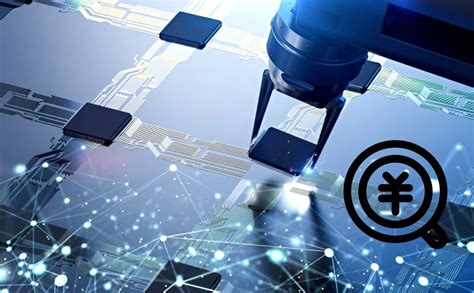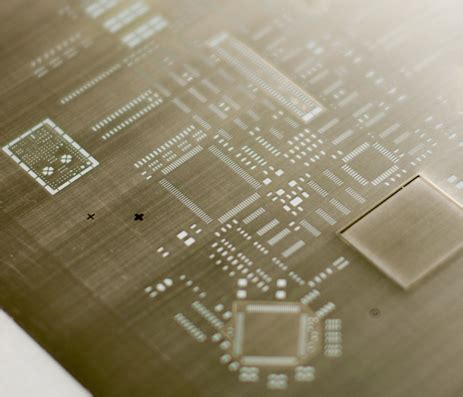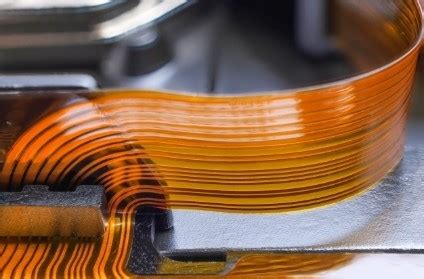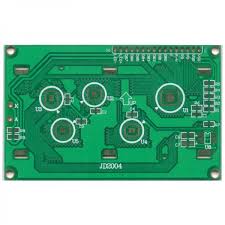Understanding PCB Fabrication Costs: What You Need to Know
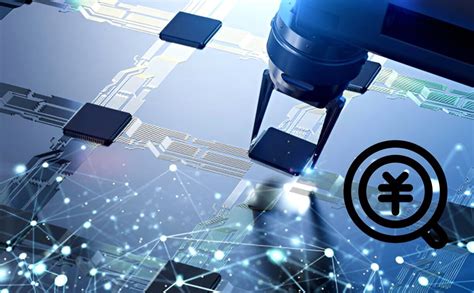
Key Takeaways
Understanding PCB manufacturing costs is essential for ensuring that your projects stay within budget while maintaining quality. Many factors influence the PCB manufacturing cost, starting with the choice of materials. High-quality materials are often necessary for durability and performance, but they can significantly increase your overall expenses. When evaluating PCB manufacturing companies, consider the types of materials they use, as they can greatly impact both the cost and quality of your final product.
Another critical aspect is the processes involved in PCB fabrication. Different processes come with varying cost implications; for example, advanced techniques for smaller components or higher-density designs may be more expensive than traditional methods. It’s important to review these processes in detail to make informed decisions tailored to your project needs.
Effective budgeting for your PCB manufacturing business requires a comprehensive understanding of these elements—materials, processes, and their corresponding costs. It can also be beneficial to compare quotes from multiple PCB manufacturing companies to ensure you’re getting a fair deal.
“Always account for potential hidden costs associated with design changes or expedited production timelines.”
By carefully analyzing the factors that contribute to your PCB manufacturing costs, you will be better prepared to manage your budget and make choices that align with both quality and financial expectations.
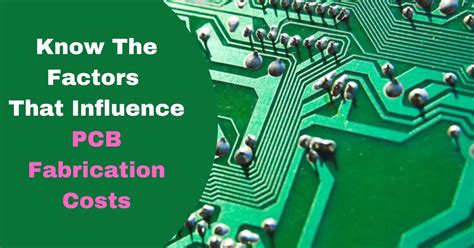
Understanding the Basics of PCB Fabrication Costs
When diving into the realm of PCB fabrication costs, it’s essential to understand several fundamental aspects that contribute to the overall expenses incurred in your PCB manufacturing endeavors. PCB manufacturing companies often have different pricing structures, influenced by a range of factors. First, the type and complexity of your design play a crucial role; intricate designs require more sophisticated processes and materials, consequently driving up PCB manufacturing costs. Additionally, the materials selected for your project—such as copper thickness, substrate types, and laminate finishes—can significantly impact pricing. If you’re budgeting for your PCB manufacturing business, it’s advisable to compare different manufacturers to gauge the average costs in your specific domain. You might find that certain companies offer better value due to economies of scale or specialized technology. Furthermore, understanding hidden costs, such as revisions or expedited shipping fees, is vital in crafting a comprehensive budget for your projects. Equipped with this knowledge, you can make more informed decisions that align with both your design aspirations and financial considerations.
Key Factors Affecting PCB Fabrication Pricing
When it comes to the pcb manufacturing process, several key factors significantly influence the overall pcb manufacturing cost. First, the choice of materials plays a crucial role; high-quality substrates, copper thickness, and specialized finishes can all add to your expenses. Additionally, the complexity of the design affects costs. More intricate designs generally require additional engineering work and possibly advanced manufacturing techniques, thus elevating your overall pcb manufacturing expenses. The scale of production is another important factor; bulk production typically decreases the per-unit pcb manufacturing cost due to economies of scale.
Moreover, the reputation and capabilities of different pcb manufacturing companies also come into play. Established companies often charge a premium for their services but can deliver higher reliability and better customer support. You may also encounter pricing variations depending on geographical location; for instance, companies in regions with higher labor costs can affect your overall project budget. Understanding these factors allows you to make more informed decisions in selecting a pcb manufacturing business that aligns with your budget while ensuring quality outputs for your PCB projects.
Materials Impact on Overall PCB Costs
The choice of materials plays a critical role in the pcb manufacturing cost and overall budget of your project. Different types of substrates, such as FR4, CEM1, or high-frequency materials, each come with varied price points and properties that can influence both performance and cost-effectiveness. When evaluating pcb manufacturing companies, it’s essential to consider how the material choices align with your design requirements. For example, while standard materials like FR4 are widely used and cost-effective, specialty materials for high-speed applications can significantly increase costs. Additionally, the thickness and layering of your design can also impact total expenses; multilayer boards may require more complex handling and higher material usage. This depth adds to the overall pcb manufacturing business cost structure, so understanding these components is vital for budgeting effectively. By making informed decisions about materials used in your PCB design, you can not only optimize performance but also gain potential savings in the pcb manufacturing process. Thus, weighing material options carefully can dramatically affect your overall expenditures.
Common Processes and Their Cost Implications
Understanding the pcb manufacturing processes is crucial for estimating the pcb manufacturing cost accurately. Various stages in the pcb fabrication workflow can significantly impact your overall expenses. For instance, processes such as drilling, plating, and etching can vary in cost depending on the technology employed and the complexity of your design. If you require advanced features like multilayer structures or fine line capabilities, you may find yourself facing higher costs due to specialized equipment and materials needed.
When dealing with pcb manufacturing companies, it’s essential to recognize how their production capabilities influence pricing. Companies that offer high-volume production or sophisticated technology tend to have different pricing structures than those focusing on low-volume orders or simpler designs. It’s advisable to inquire about their specific processes and how they attribute costs across their services.
Moreover, consider that certain materials will also dictate process choices and affect overall pricing. Using high-performance substrates may lead to a higher pcb manufacturing cost, but could enhance the reliability and longevity of your final product. Therefore, as you assess various pcb manufacturing businesses, make sure you address not only their apparent costs but also the underlying processes that drive those costs effectively.
By analyzing these process-related factors carefully, you can make more informed decisions regarding your project’s budget while ensuring that your design meets quality standards without unnecessary expenditures.
Budgeting for Your PCB Project: Tips and Strategies
When it comes to budgeting for your PCB project, understanding pcb manufacturing costs is crucial. You need to evaluate various components of the pcb manufacturing process to ensure a comprehensive financial plan. Begin by researching pcb manufacturing companies that align with your project’s requirements. It’s beneficial to request quotes from multiple suppliers to compare their pricing structures, as this can help you identify competitive rates. While evaluating these quotes, pay close attention to material selections and production processes, as these factors significantly affect the overall pcb manufacturing cost. Additionally, consider potential hidden costs such as shipping fees or last-minute changes in design specifications which can inflate your budget unexpectedly. By developing a detailed budget that accounts for both direct costs and potential contingencies, you can make informed decisions that will ultimately benefit your pcb manufacturing business in the long run. Remember, a well-planned budget not only aids in managing expenses but also contributes to the successful delivery of your PCB project.
Comparing Quotes: How to Choose a PCB Fabricator
When it comes to selecting a PCB fabricator, you must take the time to compare quotes from several PCB manufacturing companies. Start by gathering multiple estimates that break down the PCB manufacturing cost based on your project specifications. Pay attention to how each quote itemizes costs, including materials, labor, and any additional services. This will help you identify which quotes are transparent and which might have hidden fees. Also, consider factors such as the fabricator’s experience, production capabilities, and lead times. A lower cost might be appealing, but if it compromises quality or delays your timeline, it could be more costly in the long run for your PCB manufacturing business. Additionally, inspects the minimum order quantities and whether they align with your project needs—some companies may charge higher costs for lower volume orders. By closely examining these aspects of each quote, you will be better positioned to make an informed decision that aligns with your budget while ensuring the quality of your final product.
Hidden Costs in PCB Design and Production
When navigating the intricacies of PCB fabrication, it’s crucial to be aware of the hidden costs that can catch you off guard during your project. While you might receive a quote that appears budget-friendly from PCB manufacturing companies, the final expenses could escalate due to several factors. For instance, additional fees may arise from specialized materials or PCB manufacturing processes that aren’t fully accounted for in initial estimates. With varying lead times and potential rush charges, your final PCB manufacturing cost can significantly exceed expectations. Moreover, if there are design modifications required after production has begun, these changes can lead to further costs that weren’t planned for in your initial budget. Thus, understanding these hidden costs is vital. Taking the time to thoroughly review your contract and ask questions about any potential extra charges can help you avoid surprises and make more informed decisions for your PCB manufacturing business. By being proactive in identifying these hidden costs, you can ensure that your project remains financially viable without compromising on quality or functionality.
Cost-Saving Techniques for PCB Development
When it comes to pcb manufacturing, finding ways to reduce costs without compromising quality is crucial. You can start by evaluating your design for manufacturability. By minimizing unnecessary complexity in your designs, you can prevent pcb manufacturing costs from escalating. It’s also wise to consider bulk purchasing of materials; many pcb manufacturing companies offer discounts on larger orders, which can significantly lower the overall cost per unit. Moreover, collaborating with experienced pcb manufacturing business partners can help you identify cost-effective materials and processes that align with your project needs. You should also keep a close eye on the entire production timeline; delays often come with additional expenses. Investigating local versus overseas pcb manufacturing options is beneficial as well; while overseas companies may offer lower initial prices, shipping and tariffs can offset those savings. Overall, balancing quality and cost in your project will be key to a successful budget strategy in the PCB landscape.
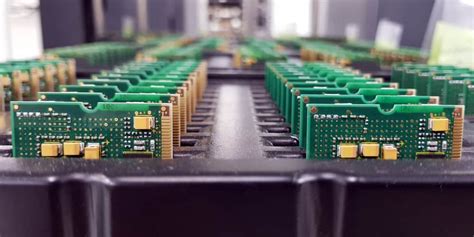
Conclusion
In summary, understanding PCB fabrication costs is crucial for anyone involved in the PCB manufacturing industry. As you navigate through the intricacies of PCB manufacturing companies and their pricing structures, keep in mind the various factors that can influence your overall budget. From the choice of materials to the specific processes employed, each decision can significantly impact your pcb manufacturing cost. By being aware of potential hidden costs and employing smart budgeting strategies, you can effectively manage and minimize your pcb manufacturing expenses. Ultimately, staying informed and proactive in your approach will empower you to make sound financial decisions as you advance in your PCB manufacturing business. Remember, every detail counts when it comes to achieving cost efficiency while ensuring high-quality outcomes in your projects.
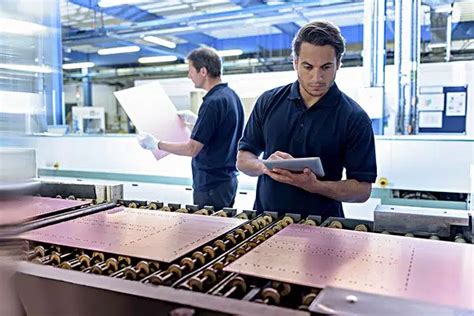
FAQs
What is the average cost of PCB fabrication?
The average pcb manufacturing cost can vary widely based on several factors such as the complexity of the design, the type and quantity of materials used, and the specific processes involved in production. Generally, simple designs can start at a lower cost, while intricate designs with multiple layers are more expensive.
How do I choose the right PCB manufacturing company?
To select a suitable pcb manufacturing company, consider their experience in the industry, customer reviews, and their ability to meet your specific requirements. Request quotes from multiple suppliers to compare pcb manufacturing costs, ensuring you’re getting a fair price.
What factors influence PCB manufacturing costs?
Key factors affecting pcb manufacturing costs include material choices, layer count, dimensions, and additional features such as surface finishes or vias. Understanding these aspects will help you make informed decisions that align with your budget.
Are there any hidden costs in PCB design?
Yes, hidden costs may arise from design changes during production or unforeseen requirements for testing and certification. It’s crucial to account for these potential expenses when budgeting for your pcb manufacturing business.
How can I reduce my PCB fabrication expenses?
To cut down on costs, consider simplifying your design where possible, ordering larger quantities to benefit from economies of scale, and exploring options with various pcb manufacturing companies to find competitive pricing.
For more detailed information and guidance on managing your PCB projects effectively, please click here: AndwinPCB – PCB Manufacturing.

